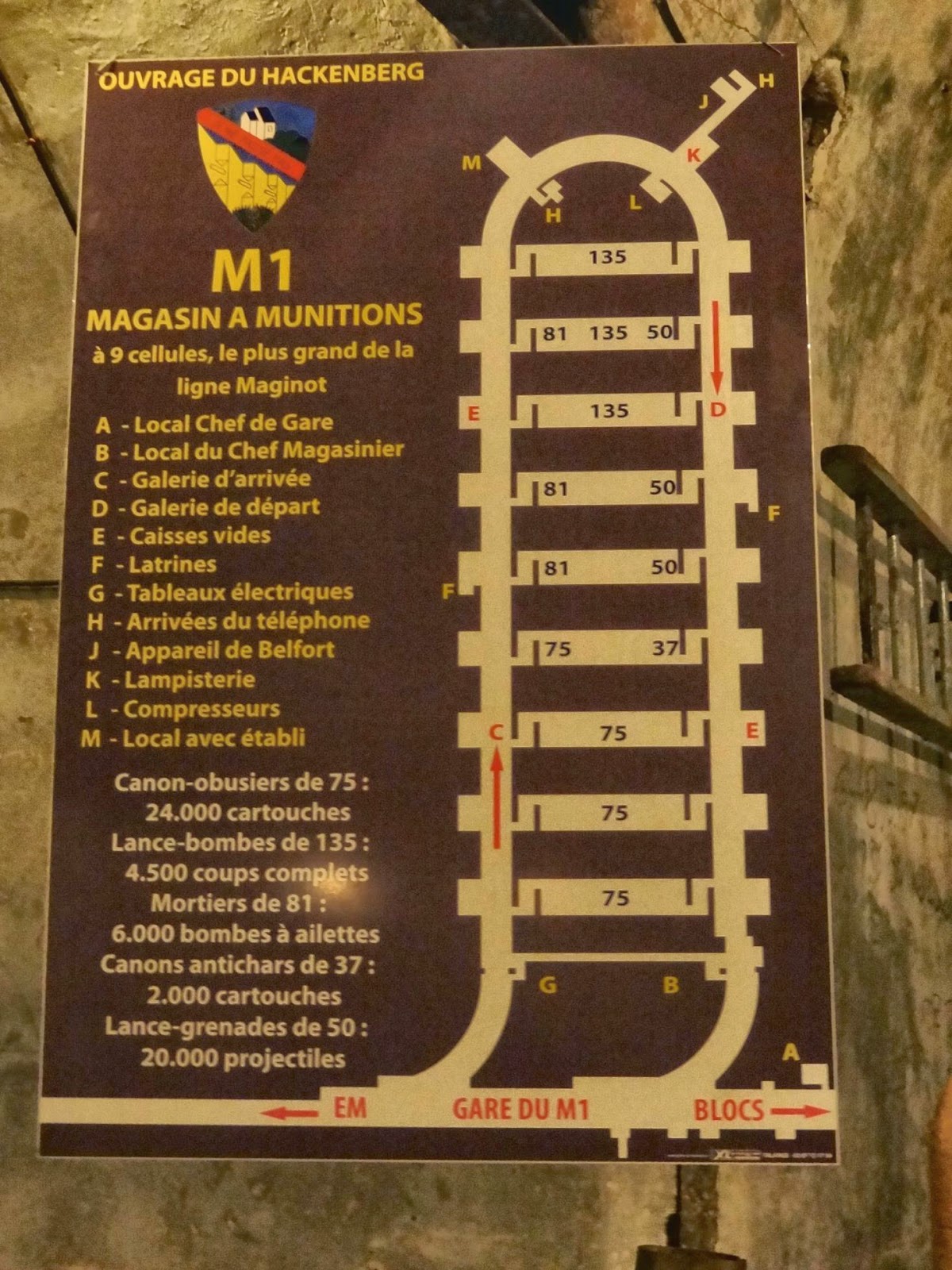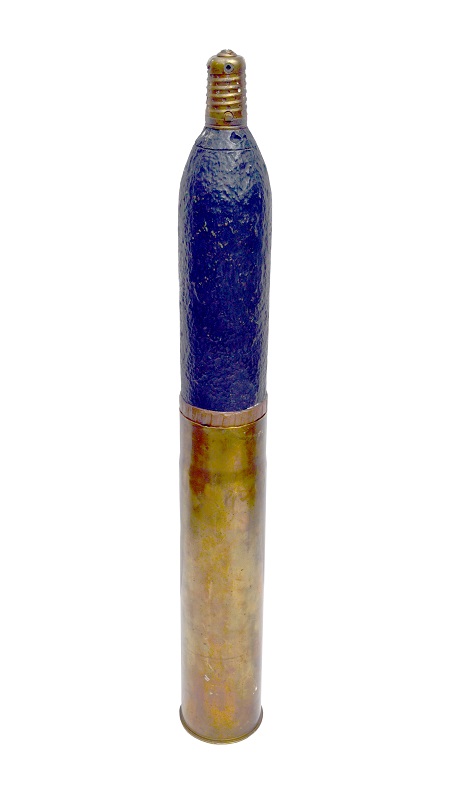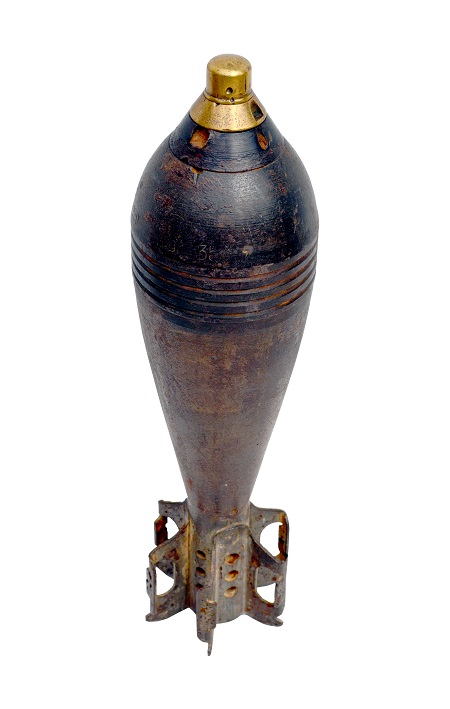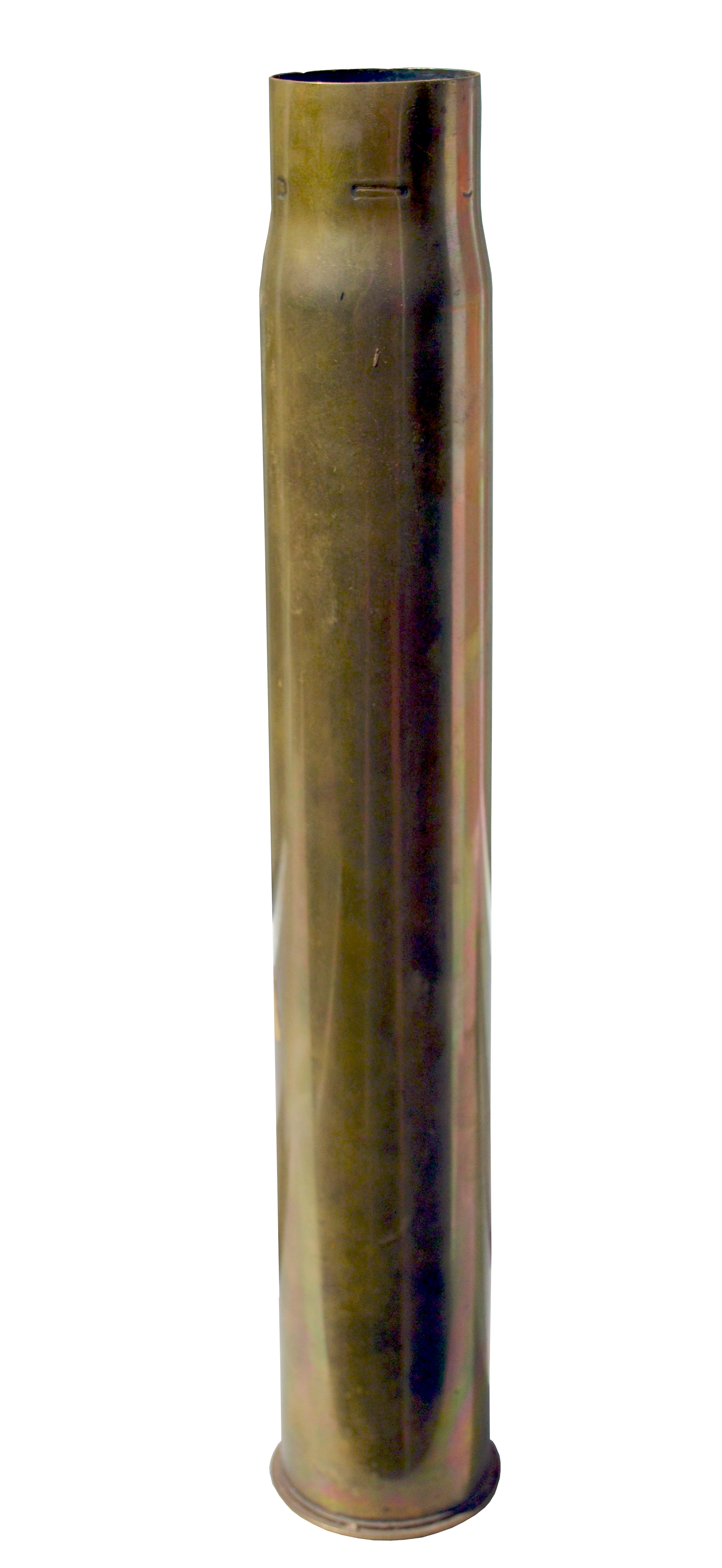
The storage of munitions was an important part of the forts' design. During the battle of Verdun in 1916, an incident involving stores of grenades at Fort Douaumont caused carnage when an accidental detonation took place, killing hundreds in the confined space of the fort. Even today, the victims remain in a mass grave, walled up inside the fort. Such accidents were not uncommon; Brean Down Fort, near Burnham-on-Sea in Somerset was rendered unserviceable following an explosion in No. 3 magazine in 1900.

Brean Down Fort.
Locating the forts 30 metres below ground, the amount of effort that went into planning towards prevention was vitally important. We have discussed how munitions and other supplies were transported around the larger sites by narrow-gauge railway; we shall now explain the ways that the munitions were stored. The very largest forts were provided with an M1 magazine, which was a horseshoe-shaped tunnel orientated toward the entrance block. The munitions were stored in individual chambers running between the two sections of the horseshoe. The reason for the magazine facing the entrance was that in the event of any accidental explosion, the blast would be channelled away from the main fort and out towards the exit. In order to reduce the potency of this blast in the outer walls of the M1 tunnel, recesses were located directly opposite the chambers containing the munitions. These recesses were intended to take the initial force of the blast, thus hopefully containing it, or at worst, reducing its overall strength. The remaining blast wave would follow the tunnel but would be directed away from the main areas of the fort, preventing further loss of life. Just in case, the artillery forts were provided with special blast doors which, in the event of a large internal explosion, would close automatically.

The M2 magazines were located directly under the combat blocks and were indented to act entirely as ready stores, to be topped up with supplies from the M1. However, a number of the artillery works under construction as part of the initial phase of works found themselves relying entirely on the use of their M2, due to the M1 construction being shelved due to over-running costs. In some instances, construction had begun and were intended to be completed at a later date but some had never begun.

75 mm Ammunition Transport Cage. As with our filter, this is the only example on public display in the United Kingdom, and the only example we have seen displayed anywhere outside of a Maginot Fort. The cages were used to transport and store the 75 mm rounds on their journey from the depot, through M1 and M2 magazines, to the guns themselves. Once empty, they would be refilled with spent cases which would in turn be returned to the depot behind the line.

75 mm Round.

Brean Down Fort.
Locating the forts 30 metres below ground, the amount of effort that went into planning towards prevention was vitally important. We have discussed how munitions and other supplies were transported around the larger sites by narrow-gauge railway; we shall now explain the ways that the munitions were stored. The very largest forts were provided with an M1 magazine, which was a horseshoe-shaped tunnel orientated toward the entrance block. The munitions were stored in individual chambers running between the two sections of the horseshoe. The reason for the magazine facing the entrance was that in the event of any accidental explosion, the blast would be channelled away from the main fort and out towards the exit. In order to reduce the potency of this blast in the outer walls of the M1 tunnel, recesses were located directly opposite the chambers containing the munitions. These recesses were intended to take the initial force of the blast, thus hopefully containing it, or at worst, reducing its overall strength. The remaining blast wave would follow the tunnel but would be directed away from the main areas of the fort, preventing further loss of life. Just in case, the artillery forts were provided with special blast doors which, in the event of a large internal explosion, would close automatically.

The M2 magazines were located directly under the combat blocks and were indented to act entirely as ready stores, to be topped up with supplies from the M1. However, a number of the artillery works under construction as part of the initial phase of works found themselves relying entirely on the use of their M2, due to the M1 construction being shelved due to over-running costs. In some instances, construction had begun and were intended to be completed at a later date but some had never begun.

75 mm Ammunition Transport Cage. As with our filter, this is the only example on public display in the United Kingdom, and the only example we have seen displayed anywhere outside of a Maginot Fort. The cages were used to transport and store the 75 mm rounds on their journey from the depot, through M1 and M2 magazines, to the guns themselves. Once empty, they would be refilled with spent cases which would in turn be returned to the depot behind the line.

75 mm Round.

81 mm Mortar Round.

25 mm Anti-tank Round.

150-round magazine for the Reibel machine gun (FM31). FM31's were mounted in pairs in the casemates and forts of the Maginot Line.

47 mm Anti-tank Shell Case. Used along with 37 mm anti-tank guns to defend against enemy tanks.
